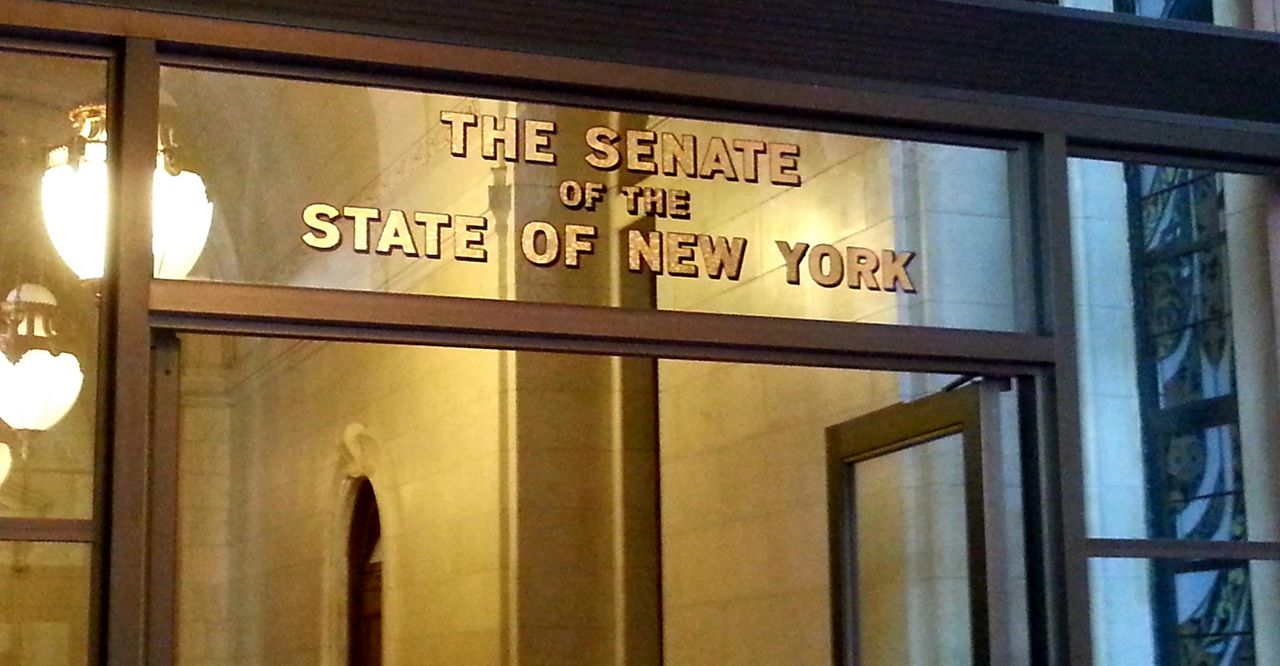Around this time 10 years ago, Senate Democratic leader John Sampson held a news conference to tout his conference's accomplishments. The issues he highlighted — measures like reforming Off-Track Betting parlors in New York — were paltry.
Democrats had been turned out of power in the state Senate weeks earlier in the tea party wave election and had become the laughingstock of state government. They were concluding a single, two-year term in the majority mired by dysfunction and a paralyzing leadership coup.
Ten years later, no one is laughing at the Senate Democrats anymore in Albany. The conference has solidfied its power at the Capitol, notching enough victories to hold a supermajority in the chamber to match the powers held by Democrats in the Assembly.
This wasn't always meant to be. Democrats in the last decade struggled to gain a working majority, their effort hobbled by a breakaway faction that had aligned itself with Senate Republicans under Long Island's Dean Skelos.
But the arrangement the Independent Democratic Conference had forged with the Senate GOP proved to be untenable with President Donald Trump in the White House. The mere holding of power could no longer trump ideology for those who began to take a more vested interest in what was happening in the state Senate.
The conference had elected its first woman, Andrea Stewart-Cousins, as its leader to rally around. Stewart-Cousins represents a suburban community just north of New York City — a once-Republican district the party flipped.
It was that kind of success in suburban Yonkers the conference needed to replicate elsewhere if it wanted to regain power.
Democrats regained the majority in 2018 in a Democratic wave year. It's possible the party was always likely to gradually retake power, but Trump's presidency may have accelerated New York's blue-ish tinge into a deep navy.
The question remains what Senate Democrats will do with this power. Redistricting is one of the more obvious benefits. The new arrangement will allow them to largely control the process of drawing boundaries that, even if drawn fairly, will be bad for Republicans in many areas of the state given the enrollment advantage.
Legislative Democrats flexed their muscles early on with a robust rent control package that turned back a generation of housing policy set with a Republican thumbprint in New York. Democrats in the state Senate and Assembly similarly pushed through a measure that grants access to driver's licenses for undocumented immigrants over Gov. Andrew Cuomo's last-minute concerns about the federal government tracking down people.
Will lawmakers have similar surprises in store for Cuomo in 2021? It's likely.
Still, Cuomo has insisted his agenda aligns with the agenda of Democrats in the Legislature. He said in a radio interivew on Monday he would support increasing income taxes on the rich if federal aid doesn't come through for New York.
And he expects the Legislature's big tent — members from all parts of the state with varying needs — will lead to some diversity and moderation in approach.
But Cuomo, who has powers to largely conduct on his own the state's response to really the only issue voters care about at this point, controlling the pandemic, also expects the Legislature to be a virtual one next year.
